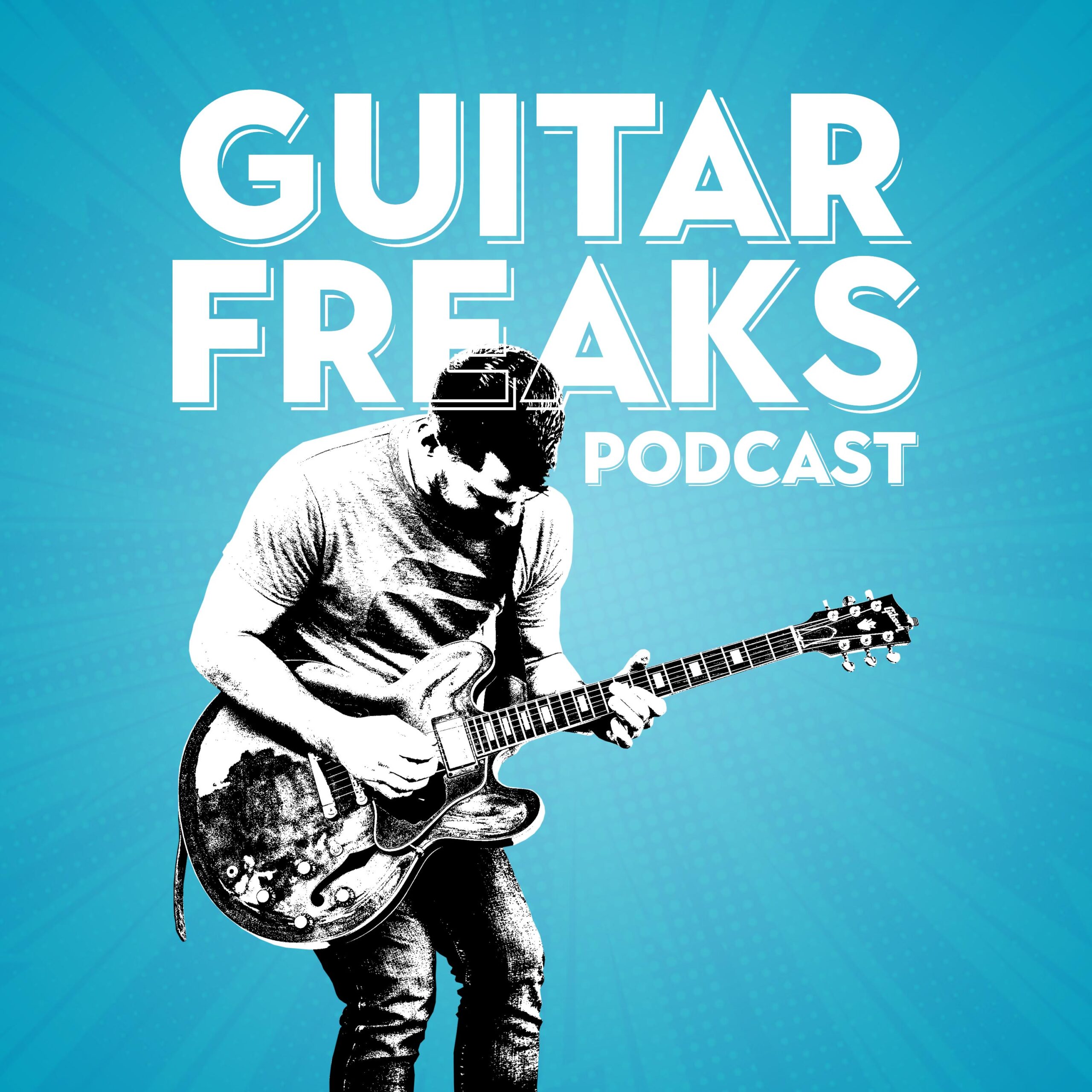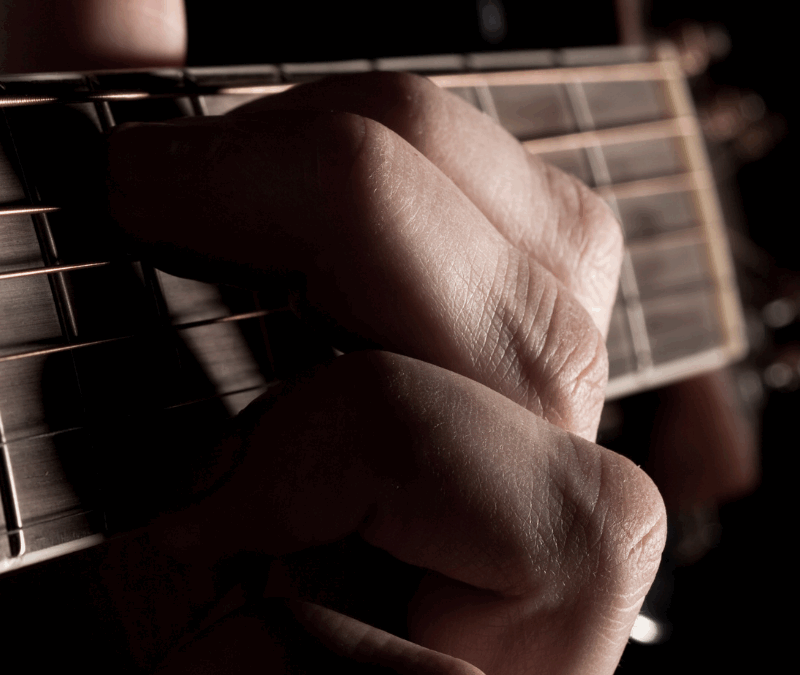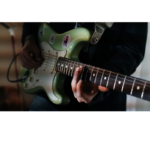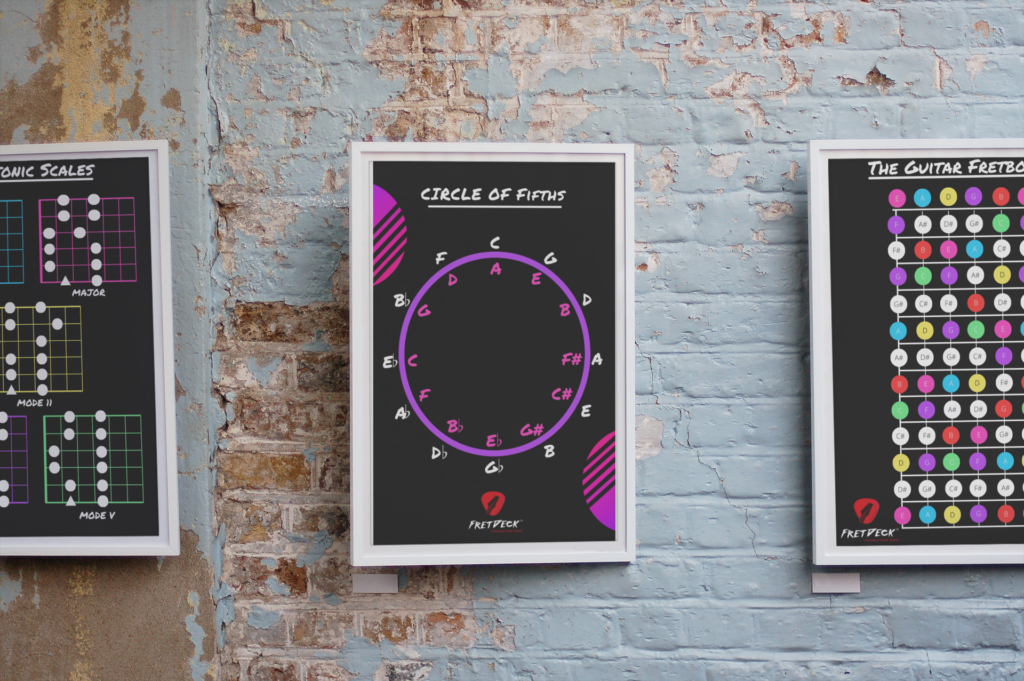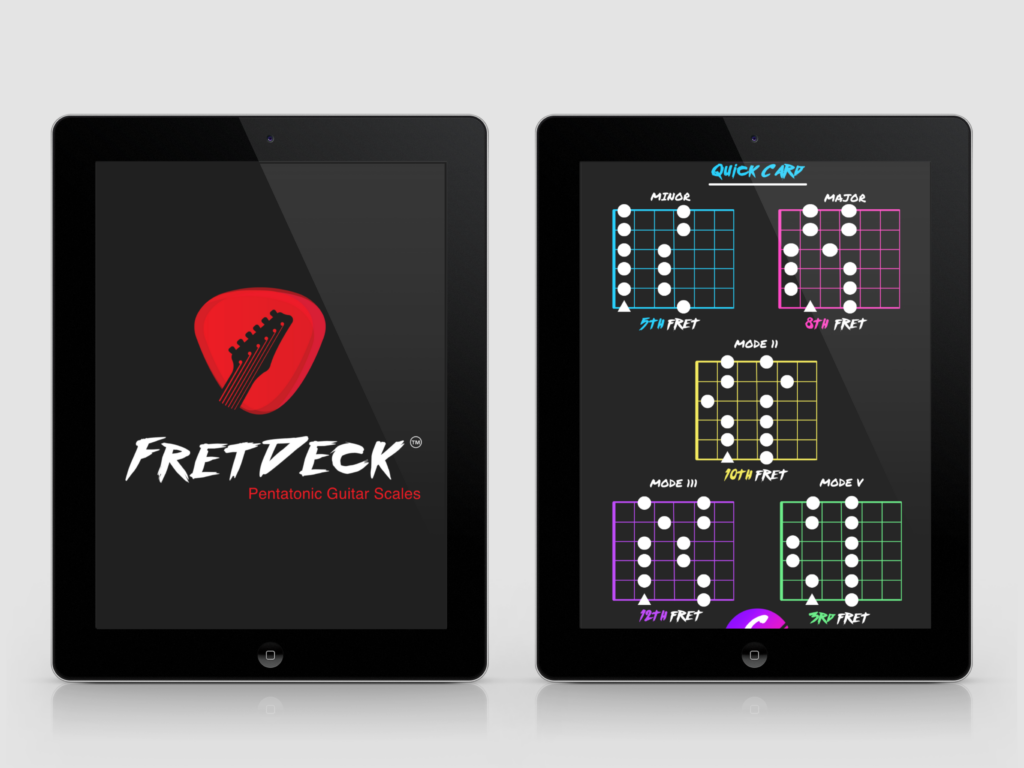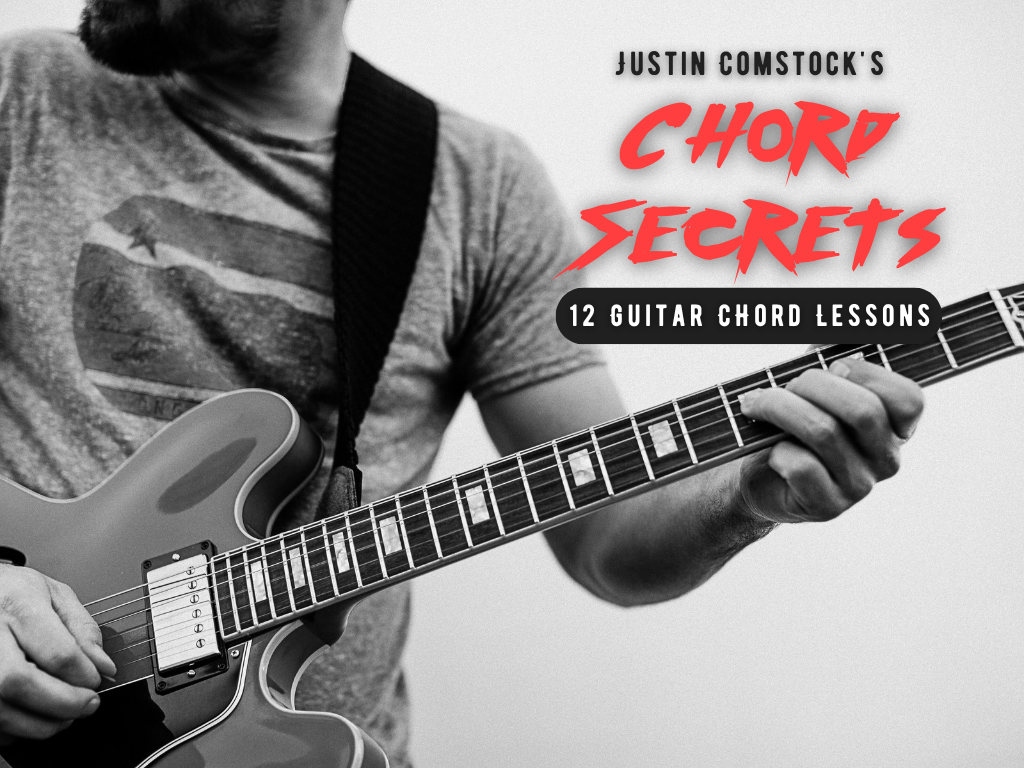If you’re just starting out on guitar, a guitar chords chart for beginners is the fastest way to start making real music. Instead of fumbling around, guessing where to put your fingers, a chords chart shows you exactly how to play the essential shapes every guitarist needs.
With a chart, you can go from silence to strumming along with your favorite songs in minutes.
In this guide, you’ll learn:
✅ Why a guitar chords chart is the best starting point
✅ The five essential beginner chords you should master first
✅ How to actually read a guitar chords chart
✅ Practice strategies for making smooth chord changes
✅ Where to get 27 free guitar charts to guide your learning

❌ Stop Guessing. Start Shredding.
If you’re still fumbling through scale patterns and box shapes… it’s costing you progress.
FretDeck™ is the no-fluff system that shows you exactly how to master the fretboard—fast. Early access.
⚡️ This isn’t for dabblers. It’s for players who want results.
👉 Click here to join the pre-launch now
Early access. Limited rewards. Don’t wait.
🎸 Why a Guitar Chords Chart for Beginners Matters
Think of a guitar chords chart for beginners like a map of the fretboard. Without it, you might eventually stumble on the right shapes — but it will take longer, and frustration may cause you to quit.
With it, the path is clear. You see where your fingers go. You know which strings to strum. You know which ones to leave out. Every practice session becomes easier.
That’s why I always start new students with a simple chord chart: it creates confidence and momentum.
🖼️ Essential Chords on a Guitar Chords Chart for Beginners
Here are the first chords you should learn from your chart:
- C Major – bright and open, used in countless songs
- G Major – the campfire favorite, rings out beautifully
- D Major – crisp and full, adds energy to progressions
- A Minor – moody and emotional, easy to grab
- E Minor – the simplest chord to play, but endlessly powerful
With these five chords, you can already play hundreds of songs. Try Knockin’ on Heaven’s Door (Bob Dylan) or Sweet Home Alabama (Lynyrd Skynyrd) — they rely almost entirely on these shapes.
📷 Image Suggestion: A “guitar chords chart for beginners” graphic with these 5 chords.
Alt text: “Guitar chords chart for beginners showing C, G, D, A minor, and E minor chords.”
📖 How to Read a Guitar Chords Chart
A chord chart may look intimidating at first — but once you understand it, it’s simple:
- Vertical lines = strings (low E on the left, high e on the right).
- Horizontal lines = frets.
- Dots = finger placement.
- O above a string = play it open.
- X above a string = don’t play it.
Once you crack the code, you’ll see it’s nothing more than a picture of the guitar neck in front of you.
📷 Image Suggestion: Diagram of a chord chart with symbols labeled.
Alt text: “How to read a guitar chords chart for beginners with O, X, and finger placements explained.”
🎶 How to Practice With a Guitar Chords Chart
Here’s how to turn your chart into real music:
- Start Small – Pick just two chords (G and C). Switch between them until it feels smooth.
- Add a Third – Drop in D Major and play G–C–D. Congratulations — you’ve just learned the bones of hundreds of songs.
- Use a Metronome – Strum once per beat, switching chords slowly at first, then faster as you get comfortable.
- Apply to Songs – Open a lyric sheet of your favorite song that uses these chords and strum along.
📷 Image Suggestion: Beginner guitarist strumming and looking at a chart.
Alt text: “Beginner guitarist practicing with a guitar chords chart for beginners.”
🚀 Free Guitar Chords Charts
Here’s where you can go further. I’ve created 27 Free Guitar Charts that cover:
- Beginner chords
- Scale diagrams
- Fretboard note maps
These are the same charts I use with my private students.
👉 Download 27 Free Guitar Charts Here
They’re printable, simple, and designed to make your practice efficient.
💡 The Next Step: FretDeck™
Once you’ve got your chords down, the real magic begins when you connect them to scales. That’s why I built FretDeck™, a card deck that helps you learn all 60 pentatonic scales in every key.
It’s the ultimate practice companion: visual, portable, and designed for real progress.
👉 Get the FretDeck™ Pentatonic System
🎸 Don’t Go It Alone: Join Guitar Freaks Hangout
Learning guitar is way easier when you’re not in isolation. That’s why I created Guitar Freaks Hangout — a private Discord community where guitarists of all levels jam, share progress, and support each other.
When you join, you’ll also get a free copy of my ebook Fret Logic.
👉 Join Guitar Freaks Hangout Today
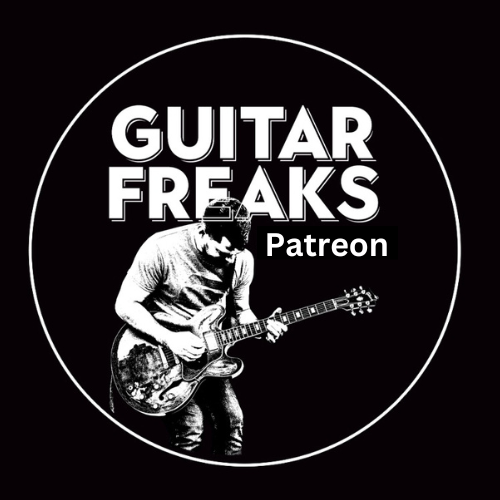
🎸 Join the Guitar Freaks Patreon!
Get SoloCraft E-Book FREE!
When you join Guitar Freaks on Patreon, you’ll instantly unlock my full e-book SoloCraft—your complete guide to fretboard mastery and building unforgettable solos. Think of it as your shortcut to playing with confidence and creativity.
👉 Don’t miss out—join now and grab your free copy!
🔗 Helpful Resources
- Internal: Learn how to unlock the fretboard with our guide to the CAGED Guitar System.
- External: Fender has a great breakdown on how to read guitar chords.
🏁 Final Thoughts
A guitar chords chart for beginners is more than just a diagram. It’s your first map to real music.
With a handful of chords, you’ll unlock hundreds of songs. Pair that with free charts, smart practice strategies, and a supportive community, and you’ll progress faster than you thought possible.
👉 Download your free guitar charts today and start playing with confidence.
There’s a moment in every guitarist’s life when the fretboard feels like a maze. You pick up the guitar, press down on a few strings, and what comes out sounds more like static than music. Don’t worry — every player starts there. What you need is a map.
That’s exactly what a guitar chords chart for beginners is: your first map to making real music.
In this post, you’ll learn:
✅ Why a guitar chords chart is the fastest way to start playing songs
✅ The essential beginner chords every player must know
✅ How to actually use chord charts (not just stare at them)
✅ Where to get 27 free guitar charts that make practicing easier
✅ How to connect with other learners and level up faster
By the end, you’ll not only know your first chords — you’ll be able to strum along to real songs with confidence.
